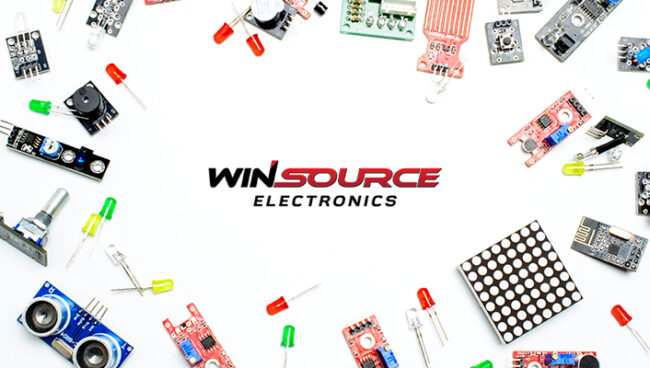
In the world of electronics repair and manufacturing, we often encounter situations where electronic components need to be replaced. However, some may question: is there any functional difference in using reconstituted electronic components compared to original electronic components? In this article, we’ll explore what remanufactured electronic components do and how they differ from original ones.
First, let’s take a deeper look at what reconstituted electronic components are. Reconstituted electronic components refer to electronic components that are removed from used or discarded equipment and reused in other equipment or circuits after proper treatment. These components can come from a variety of different sources, they can be plucked from discarded computers, cell phones, TVs, etc., or they can be provided by recycling stations or specialized electronic component recycling markets. After removal, these elements are expertly handled and tested to ensure their quality and usability. This process typically includes evaluating components for appearance, performance and reliability to ensure they meet specifications and are safe for use in other equipment or circuits.
There are many advantages to using reconstituted electronic components. First, recombinant components can be economically beneficial, as they are often more cost-effective than original components. This is a very attractive option for those projects or individuals on a budget. Secondly, the supply of recombinant components is relatively sufficient, which can meet the situation that some original components are scarce or have been discontinued.
In addition, in projects to repair or restore older equipment, rebuilding components may be the only solution available. In addition to economic factors, the availability of recombinant elements is also an important advantage. Finding alternatives is especially critical as some original components become scarce or discontinued. The wide availability of recombinant elements means that in these cases there is still a viable option. This is critical to keeping projects on schedule or equipment being repaired.
Another aspect to consider is that for repair or restoration projects on older equipment, rebuilt components are often the only viable option. While original components may no longer be produced or may be difficult to obtain, reconstituted components offer a solution for extending the life of your equipment. By using reconstituted components that are similar to original components, you can ensure proper operation of your equipment and prolong its life while avoiding the cost of purchasing expensive replacement equipment.
However, there may be some potential differences in reconstituted components compared to original electronic components. Depending on their history and usage, recombinant components may have experienced prolonged use, which may have resulted in changes in their electrical, physical, or structural properties.
During use, they will also be affected by excessive temperature, humidity or other environmental factors, or have some potential damage or aging problems. Therefore, proper testing and validation is essential to ensure the quality and reliable performance of recombinant elements when selecting and using them . This includes a comprehensive evaluation of the component’s functionality, electrical parameters, frequency response, temperature characteristics and reliability. Through the use of professional testing equipment and techniques, we can detect and measure various indicators of recombinant components to evaluate whether they meet the requirements of specific applications.
In addition , the source and supply channel of recombinant components also need to be carefully considered , and it is especially important to choose a suitable supplier. When purchasing recombinant components, we should understand the background and reputation of the supplier, and look at their certification and quality management system , choose those certified or reputable suppliers, and ensure that they have properly tested and verified the components. Only in this way can we ensure that the purchased recombinant components are of the proper specification and quality, and perform as expected.
In summary, the role of reconfigured electronic components is to provide an affordable option for repair, fabrication and projects. They can fill gaps where original components are in short supply or cost prohibitive. However, there may be some differences between reconstituted components and original components, including performance, reliability and longevity. Therefore, when using recombinant components, we need to carefully select suppliers and conduct appropriate testing and validation on them to ensure that the components used can meet our needs and expectations.

COMMENTS